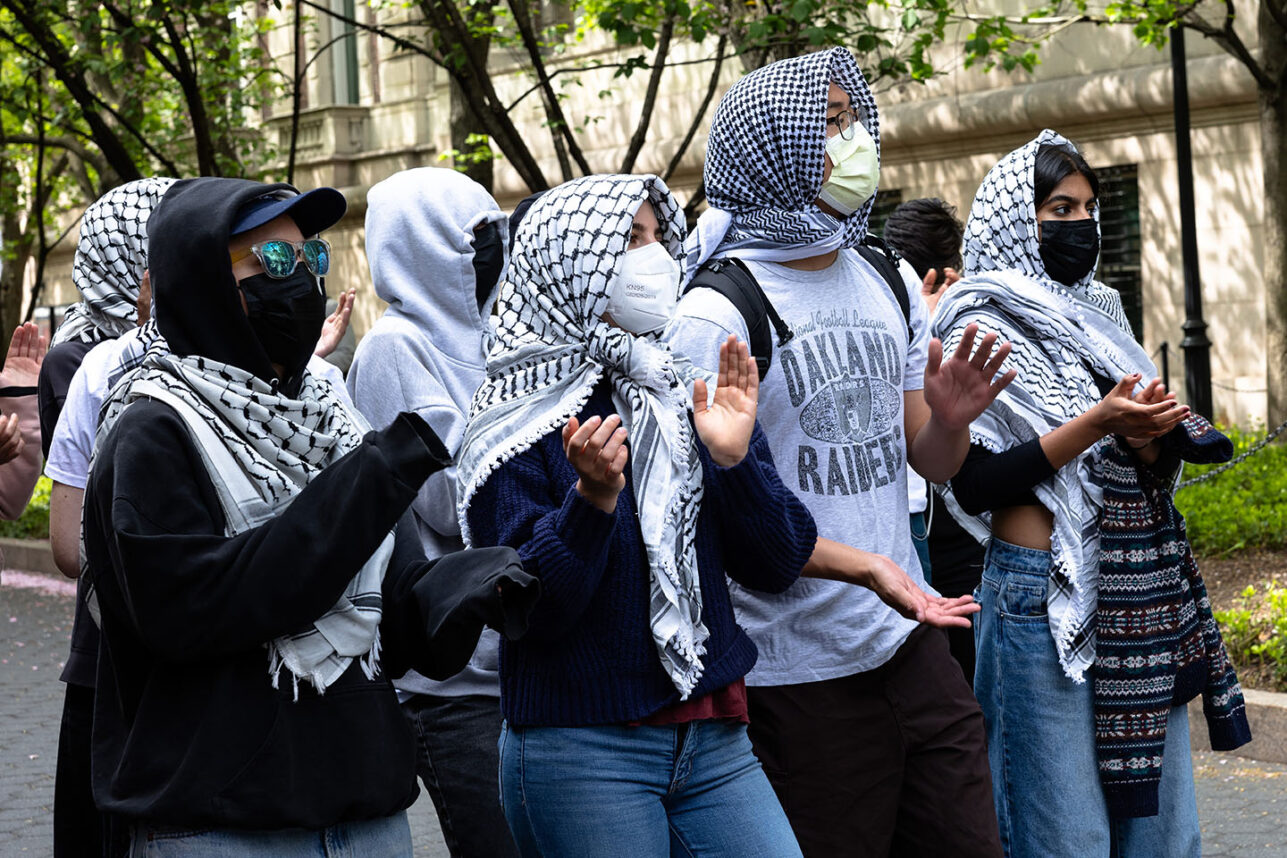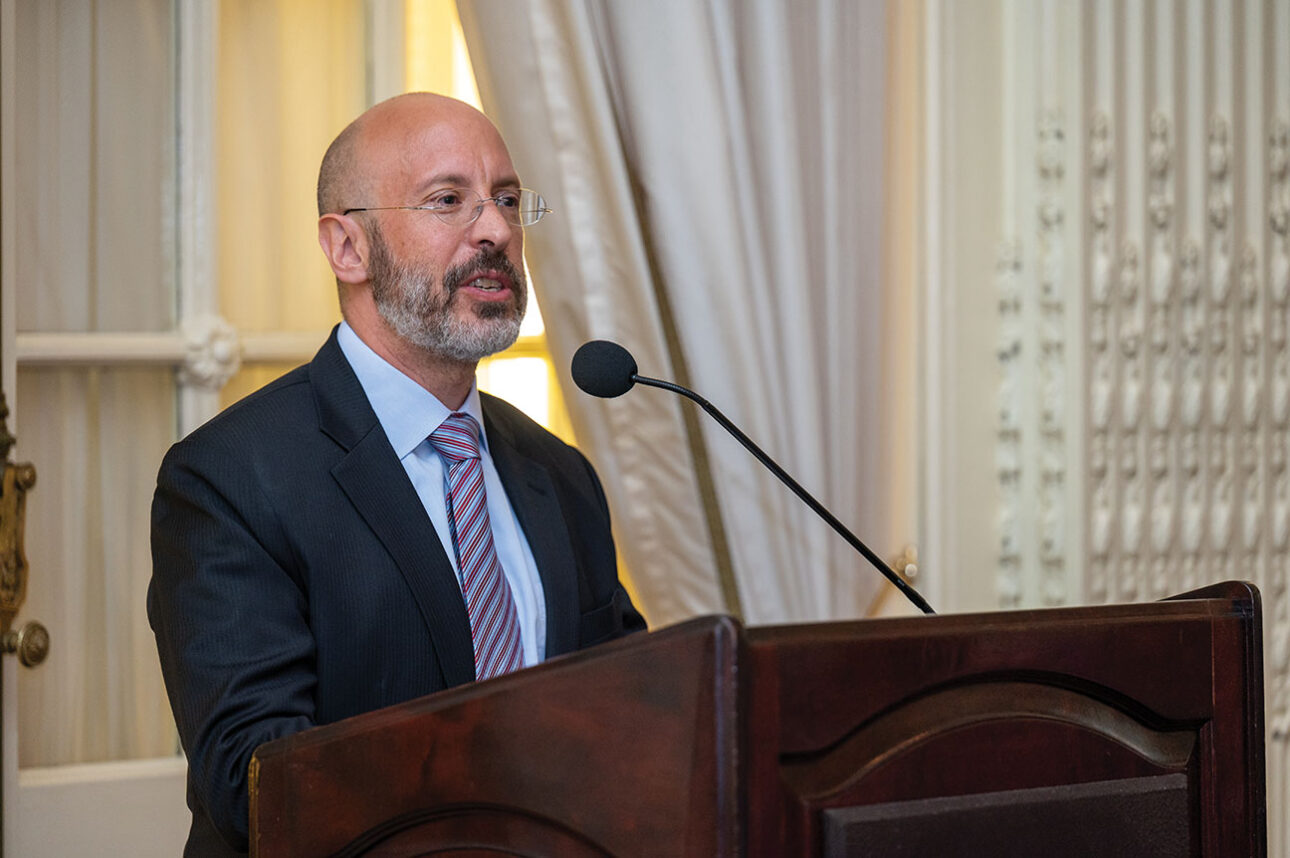Recently we took a cruise from Barcelona, Spain to Venice, Italy. During this cruise we did excursions to three Jewish ghetto’s and learned many interesting facts about Jewish history and culture. For example, the Barcelona cathedral is built with stolen stones from a Jewish cemetery probably from Montjuic, “Jews mountain.” This is evident by the Hebrew writing on the stone. The oldest synagogue and mikvah is actually below modern street level. A store is actually built over the ancient mikvah. Jews did not pray facing Jerusalem because the temple was built before the Diaspora. Jews were present before the Romans came to Barcelona. From the 11th to the middle of the 14th century Barcelona was home to Jewish artisans, merchants, minters, scholars, and poets who lived in the Jewish quarter near the royal palace. However Jews were not allowed to build a temple bigger than the smallest church. Anti Jewish riots in 1391 swept Spain and Barcelona. King John I condemned 26 rioters to death but Jewish life in Barcelona was at a virtual end by 1400. Many of the Jews moved to Gerona which is nearby. The modern Jewish community of Barcelona is a phenomenon of this century, but it is rooted in the expulsion of 1492. In this 21st century, many Jews are coming back to Barcelona like our tour guide, Adi Mahler, a former Israeli. We attended Friday shabbat services at Communitat Joeva Atid de Catalunya. Their future rabbi is attending a yeshiva in England. The vast majority of the congregation were young professionals from throughout the Mediterranean and former Spanish colonies where their ancestors had fled. It is a small ‘store front” reformed temple that dates from 2002 and the services were led by a woman cantxor-spirtual leader with a beautiful voice. It was nice to hear Sephardic from an actual Sephardic person. They translated the D’Var Torah into English and Spanish. There were two policemen stationed in the street and extensive security measures were in place. We were the guests of Marty and Fran Wolfe who obtained advanced permission to attend the synogogue. We really enjoyed the service and elaborate Kiddish that followed.
Our next Jewish stop was the Roman ghetto where we had a private tour by Romolo Zarfati who lives there. The Jewish ghetto in Rome is very tight knit and it seemed that everyone knew our tour guide. Only 300 to 400 live there. Most of the 12,000 Roman Jews live in the suburbs. One of the interesting items that Romolo said was that the yellow star that the Nazi made Jews wear actually originated in Rome during the middle ages. The yellow in the star signified urine – “The desire to get waste out of the body” – This is how Jews were viewed for centuries. Many European Jewish ghettos were actually started on garbage dumps according to Romolo. At one of the seven ghetto gates is a plaque commemorating the 2,000 Roman Jews who perished in the Holocaust. The major feature of the Roman ghetto is the synagogue, Tempio Israelitico completed in 1904. It is very ornate with wooden pews and locked boxes for storing tfillin siddurim and tallit. Same debate as everywhere – “Does the owner of the box also own the seat and is it for Shabbat or just the holidays?” It still has daily minion and Shabbat services. What’s interesting is the ceiling. It is a square. Only churches could have round dome ceilings. This was one of the most beautiful synagogues that we have seen. The seats, the bimah, floor and ceiling were spectacular. The basement contained a chapel and also a museum. This was the site were Pope John Paul II made his historic embrace of Rome’s Chief Rabbi Elio Toaff and declared “You are our dearly beloved brothers and, in a certain way, it could be said that you are our elder brothers.” Romolo, our tour guide, interpreted this as Joseph and his brothers or Cain and Able – He doesn’t trust the Pope. He feels that the Roman ghetto does not get it’s share of city services. However, according to other sources Roman Jews are fully integrated into Roman society and government. Next to the synagogue was a yeshiva. In the back of the synagogue we saw bullet holes from the October, 1982, terrorist attack. We saw police stationed in the ghetto and full security to enter the synagogue. Diagonally across from the synagogue is a church where the Jews were subject to weekly conversion sermons during the Middle Ages and into the19th Century. The Roman ghetto is similar to the rest of Rome where there were Roman ruins built over by Renaissance ruins built over by 19th century buildings. There were Roman palaces for just one family in the ghetto that are now occupied by 20 families tenement style. The Roman statues are still present.
Our last Jewish destination was Venice. The word “ghetto” comes from Venice, but it refers to the Italian word, “Geto” which means foundry. This was the place that all 1,000 Venice Jews were ordered by Venice’s ruling body to go to in 1516. It was a swampy, malaria infested district far removed from the center of Venice. Over 1,000 were forced into this area cut off from the rest of Venice by a network of canals and enclosed by a high wall. All windows facing outward were bricked over. Venice’s Jews were forced to wear distinguishing red hats, and they were barred from every livelihood except trading, moneylending, and selling secondhand clothing. Nor could they own their own land. Paradoxically, the Venetian government that segregated the Jews also protected them from the pogroms and inquisitions of the middle ages. As a result, this ghetto community flourished as one of Europe’s great centers of Jewish culture. Jews from other parts of Italy, Germany, Constantinople, Spain, and other countries flocked to Venice. It was in Venice that the first Jewish book press was invented. Today there are five surviving synagogues of which two are still in use. Four of the synagogues represent the nations that made up the Jewish community: the Levantine, from the Near East; the Spanish,’ the German composed of Ashkenazim; and the Italian. What’s interesting is that the synagogues are not on the first floor and they are next to each other. They are above stores, a Jewish museum, former warehouses, and tenements. They have 5 windows that look out on the square instead of the traditional 4 windows. The synagogues were designed by the best 16th Century architects, master craftsmen, sculptors, finest silk and leading silversmiths. They were absolutely gorgeous. Opposite the Jewish Museum and synagogues is a wall with barbed wire that the Nazis used to keep the Jews in the Ghetto. It is next to the retirement home where all the inhabitants were killed in the holocaust. There was a sub police station and extensive security in the area. There is a strong Jewish influence in other parts of Venice such as in St. Mark’s Cathedral and even in the Doge palace. Through art the Venetians were taught the Bible.
These three areas were major centers of Jewish culture, religion and history. Today they are wonderful tourist areas with fantastic shops, Kosher restaurants, and a wonderful place to walk around. The Jewish communities are getting stronger and growing.
Roy Trachtenberg and Sharon Rosenthal Trachtenberg






















 More news and opinions than at a Shabbat dinner, right in your inbox.
More news and opinions than at a Shabbat dinner, right in your inbox.